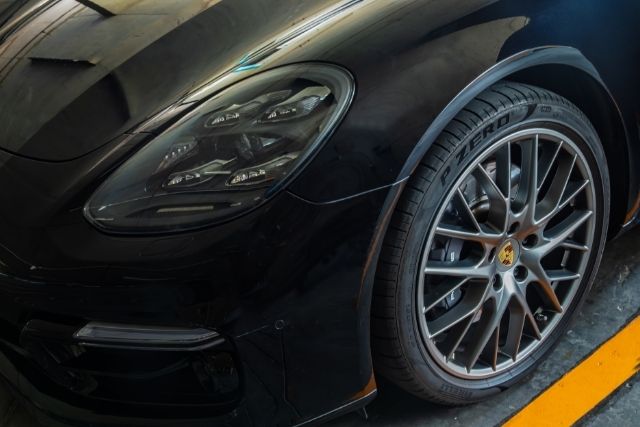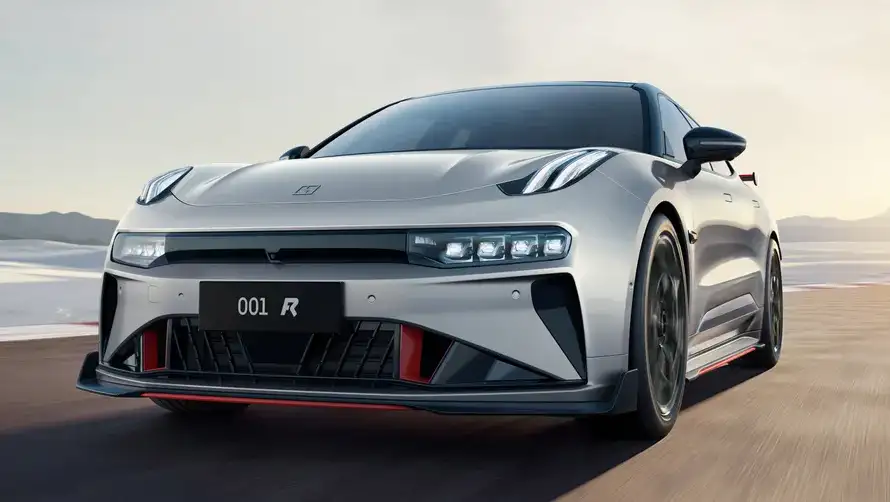As electric vehicles (EVs) become more popular, DC fast chargers are emerging as a key technology to keep EVs on the road with minimal downtime. Whether you’re a current EV owner or considering an upgrade, understanding DC fast chargers can help you make informed decisions and get the most out of your charging experience. This guide will walk you through the essentials of DC fast charging, from what it is to how to choose and use it effectively.
What Is a DC Fast Charger?
DC fast chargers are high-powered charging stations that can significantly reduce the time it takes to recharge your EV. Unlike standard Level 1 or Level 2 chargers, which convert AC power to DC power for your vehicle, DC fast chargers deliver DC power directly to the battery. This bypasses the onboard charger of your EV, enabling much faster charging speeds.
Benefits of DC Fast Charging
Speed
DC fast chargers can add up to 80% charge in as little as 30 minutes, making them ideal for quick stops during long trips or for busy drivers who need a rapid boost.
Convenience
DC fast chargers are known for their speed, letting you get up to 80% charge in just about 30 minutes. This makes them perfect for quick stops during long road trips or when you need a fast boost to keep going. Unlike regular chargers that might take several hours, DC fast chargers get you back on the road faster.
Key Stats:
- Charge Time: 80% in 30 minutes
- Range Added: About 100 miles in 20 minutes
Long-Distance Travel
For those who love to travel long distances, DC fast chargers are a game changer. They let you quickly recharge at stops along your route, making long trips more manageable. The growing number of these chargers on highways means you can drive further without worrying about running out of battery.
Key Stats:
- Charging Locations: Increasing along major roads
- Travel Ease: Reduces worries about running out of battery
Types of DC Fast Chargers
There are several standards for DC fast charging, and it’s crucial to know which type is compatible with your EV:
- CHAdeMO: Originating from Japan, CHAdeMO is a widely used standard, particularly for older Nissan and Mitsubishi models.
- CCS (Combined Charging System): Popular in Europe and North America, CCS is increasingly adopted by newer EV models from manufacturers like BMW, Ford, and Volkswagen.
- Tesla Supercharger: Tesla’s proprietary system is exclusive to Tesla vehicles but offers a robust network of fast chargers.
How to Choose the Right DC Charger
Check Compatibility
Ensure the DC fast charger you select supports the charging standard of your EV. Consult your vehicle’s specifications or manufacturer for details on compatible chargers.
Assess Location
Look for DC fast chargers in your area or along your frequent routes. Utilize charging network apps or maps to find locations and check their availability.
Consider Installation Costs
Installing a DC fast charger at home can be expensive due to the need for high-power electrical connections. Compare costs and installation options to determine if it fits your budget.
Explore Charging Networks
Different charging networks may offer varying features such as payment methods, membership benefits, and service availability. Research the networks that operate in your area to find the best options.
Using DC Fast Chargers Effectively
- Plan your charging. Use apps or maps to locate nearby DC fast chargers and plan your stops accordingly. This ensures you’re not caught without a charging option during your travels.
- Monitor charging speed. While DC fast chargers are designed for speed, actual charging times can vary based on your EV’s battery state, the charger’s power output, and environmental conditions.
- Follow usage guidelines: Adhere to any usage guidelines provided by the charging station or network to ensure optimal performance and avoid potential issues.
“DC fast charging is revolutionizing the way we think about electric vehicle travel. It turns long trips into simple, quick stops.”



